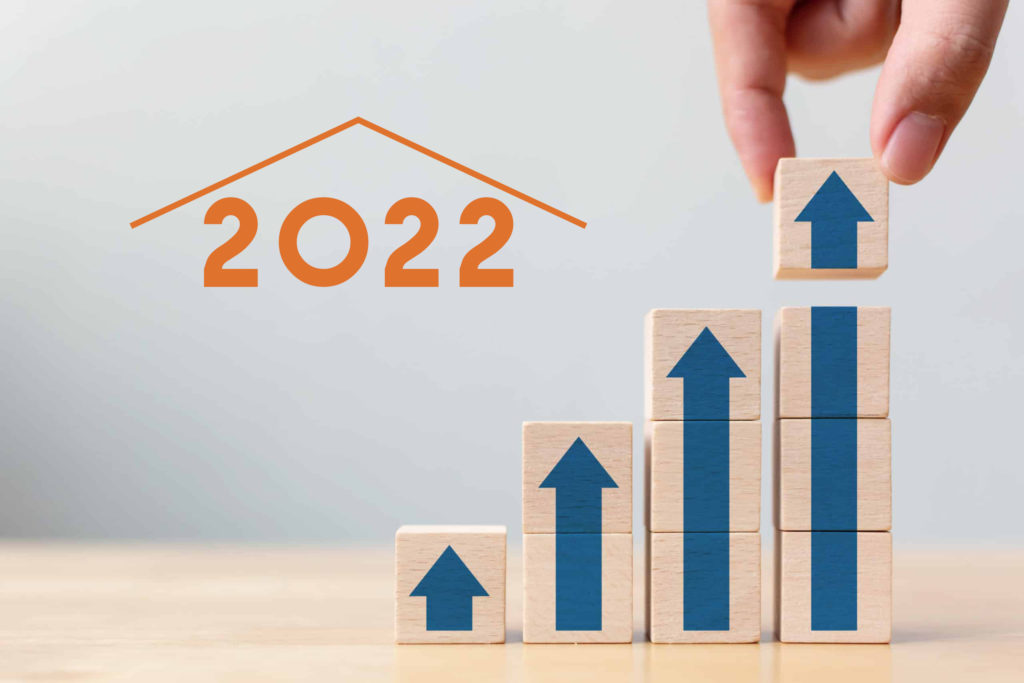
This is a statement rather than a question. Whilst no one possesses a crystal ball, most commentators on the subject agree that house prices will continue to rise over the next five years – by between 2.5% and 3.5% a year on average. Most also believe that the phenomenal house price growth we have seen over the last year, will moderate considerably in 2022, as affordability constraints kick in but that this will not translate into a ‘correction’, simply a noticeable reduction in the rate of growth. The macroeconomic outlook looks positive for property price growth going forwards. So, what are the major factors driving this?
Demand in the UK is still a big issue and is not looking to resolve anytime soon. In short, we as a nation are just not building enough houses to keep up with demand. Figures vary depending on the source, but experts believe that we require several million more properties to be built to satisfy demand. This translates into 340,000 new homes over the next ten years, and we are building nowhere near this. Whilst most are in an agreement that ‘more houses are required’, virtually no one can come up with an explanation of how increased supply would impact house price growth. In addition, there is yet another school of thought that says that this is an oversimplification and that in effect, ‘supply and demand’ issues are only a small factor in overall house price growth and with other macroeconomic factors in play, demand will never be satisfied.
What are these other factors? Well, the biggest obvious one is supply of cheap credit, particularly secured mortgage credit. Lenders have historically regarded property as a secure investment and are prepared to lend large sums into the sector. Consequently, there is significant competition and mortgage rates are low. With Bank of England Base Rates also at a historic low, abundance of cheap lending looks set to continue.
Recent rapid growth has been due to short term stimuli, pent up demand and personal cash supplies, which have peaked during the pandemic as people’s spending habits have changed. Some of this will continue to feed through into the market over the next few years.
Ultimately though, property prices will always be tempered by their link to wages and affordability and how wealthy potential buyers ‘feel’, which in turn acts as a feedback loop on the market.
Finally, perhaps the biggest underlying driver for property growth is how we, as a nation, relate to property. The combination of the factors discussed above, coupled with long-term political policy, has resulted in property being regarded as an ‘investment’ or ‘commodity’ rather than a ‘necessity’. The political driver of ‘everyone owning their own home’ is aimed at providing a feeling of security, wealth and confidence (to support the economy). One could argue that this has backfired somewhat and put homeownership out of reach of many.

